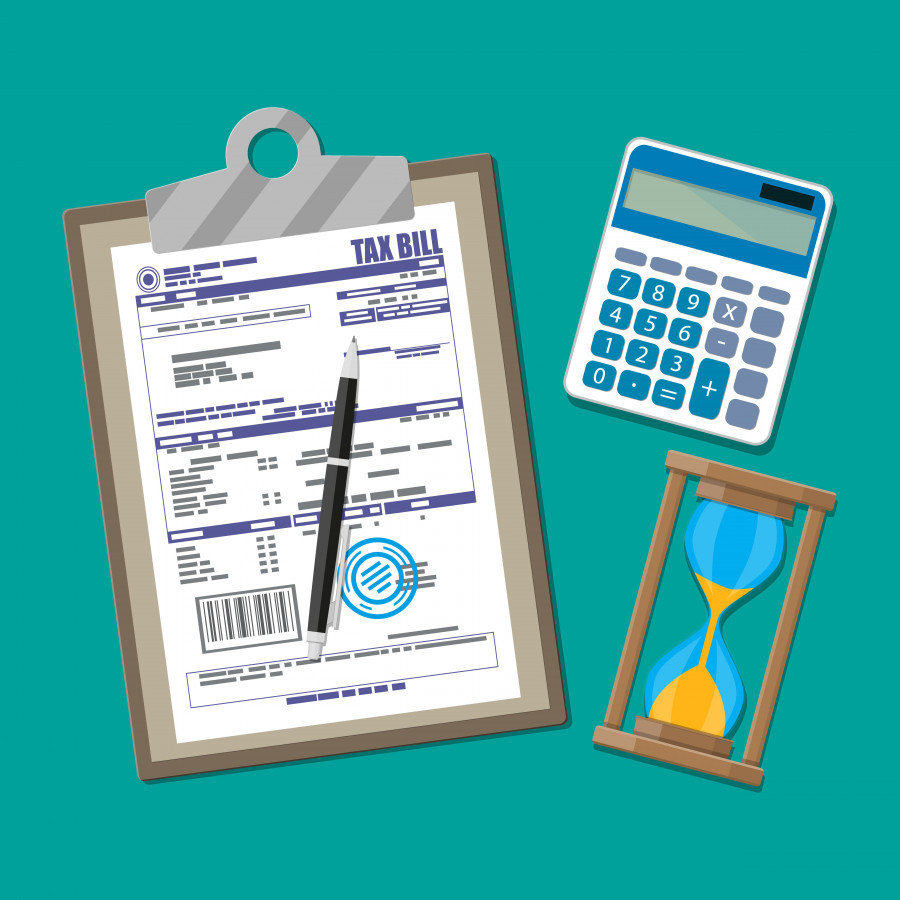The federal government has adopted the policy of reducing imports of 20 percent in the next fiscal year, which contrasts sharply with its goal of increasing revenue by nearly 22% over the planned collection for the current fiscal year.
This raised questions on how the government would meet the revenue target when imports generate more than 50% of the country’s total revenue.
Customs and Revenue Department officials say it would be difficult to meet revenue target if import controls continue, but expect tax hikes on some goods and services help raise more revenue. This will subsequently lead to a further rise in prices, hurting the general public already bitten by high inflation.
The federal government aims to collect 1.24 trillion rupees revenue in FY 2022-23, up 21.75% from projected revenue collection of 1,010 billion rupees this exercise.
In the current fiscal year, the projected federal government revenue collection is 17.69% higher than the actual revenue collection in fiscal year 2020-21.
Even as the government plans to cut imports in the next fiscal year, it has yet to decide whether to push further the import ban on 10 types of goods, most of which generate high revenue.
At the end of April, the government imposed a complete ban on the importation of all kinds of ready-to-drink alcohol, ready-to-drink cigarettes and tobacco products, snacks such as potato chips and Kurkure de Lay, diamonds, expensive cell phones and televisions, automobiles, toys and playing cards until the end of the current fiscal year in mid-July.
“If the ban continues, it will be very difficult for us to meet the revenue target for the next fiscal year,” said Ram Prasad Regmi, director of the Customs Department.
The government has a policy of discouraging imports of foreign furniture, peas, black pepper and betel nuts, dried fruits, automobiles, high-end televisions and alcoholic products even in the next fiscal year, according to the finance bill for the next exercise.
The Customs Department said it had set a target to increase its revenue by 26% to 668.76 billion rupees for the next financial year.
“Whether revenue is collected in accordance with the objective will depend on imports. If the ban continues, there will be pressure on revenue,” another senior Customs Department official said.
However, officials say they expect international trade to normalize early in the next fiscal year, which would help them collect revenue in line with the target.
“The government has increased excise duties on some goods including vehicles, and customs duties have also been increased on other products. This will help generate more revenue,” Regmi said.
In the first 10 months of the current financial year, the country imported goods worth Rs 1.6 trillion. This amounted to 405.6 billion rupees in customs revenue, according to the customs department, which levies customs duties, value added tax and excise duties on imported goods.
Experts also say it would be difficult to meet the revenue target as the government has declared a policy of decreasing imports while it may be forced to continue import control measures as foreign exchange reserves continue to decline. decline despite months of import restrictions.
Gross foreign exchange reserves fell 21.1% to $9.28 billion in mid-May 2022 from $11.75 billion in mid-July 2021, according to Nepal Rastra Bank.
But the government has also made many costly promises, including deciding to raise the salaries of civil servants and increase the cost of social security.
“As our income is still highly dependent on imports, it will be very difficult for the government to achieve the target by reducing imports,” Push Raj Kadel, former deputy chairman of the National Planning Commission, told The Post in a statement. recent interview. “I think the government will be flexible to allow more imports sooner or later to raise revenue to fund its populist agendas.”
While the government aims to control imports, it is pinning its hopes on raising revenue through domestic taxation. The government aims to raise about Rs 600 billion through the Revenue Offices in the next fiscal year.
For the current fiscal year, a target of Rs 537 billion has been given to the Inland Revenue Department.
A senior ministry official expressed hope that they could meet the revenue target for the next fiscal year due to the increase in tax rates on some products and the introduction of a new tax.
“The government has widened the tax bracket and excise duties and capital gains taxes have been increased on certain goods and services. The cooperative tax has been increased and the government has also introduced a vehicle service tax for the next financial year,” said Ritesh Shakya, Director General of the Department of Revenue.
The finance bill increased excise duties on tobacco and alcoholic products. The government will also impose a 2% tax on vehicle services.
“These measures should help increase revenue in the next fiscal year,” Shakya said.


